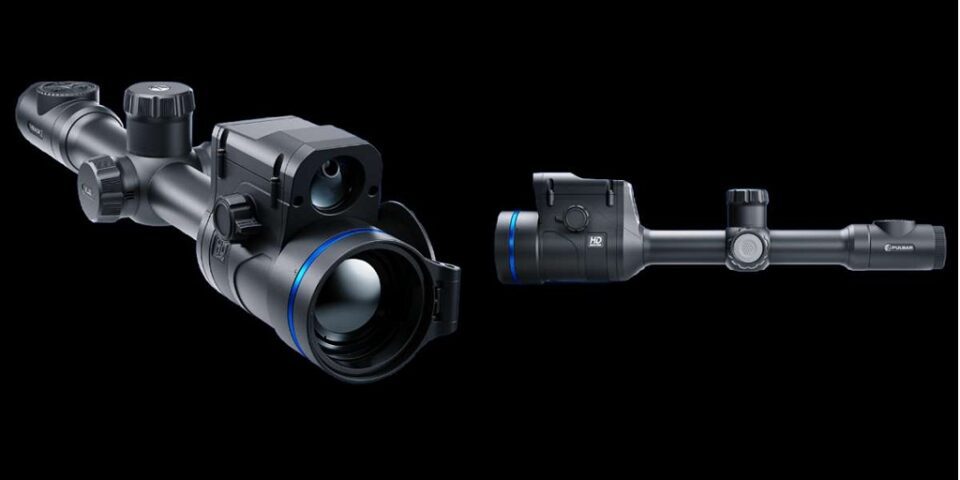Thermal scopes are not entirely like purely optical scopes. They represent a distinct class of optics that have their own distinct functionality, features, and ratings.
Just like you need to understand objective diameter and variable magnification in “regular” scopes, there are a few things you should understand with respect to thermal scopes, especially before you put good money into one.
Arguably the most important (though certainly not the only important) rating is something called NETD. Here’s what you should know before you pull the trigger on a purchase.
Table of Contents
What Is NETD?
NETD, or “noise equivalent temperature difference”, is, as broadly as possible, the thermal sensitivity of a scope. That is, this metric measures how sensitive a thermal scope is to temperature differentials. NETD is measured in mK, or millikelvins.
To illustrate what this means, let’s say you have two thermal scopes, one with a high NETD and the other with a low NETD. Now let’s say you look at a coyote in a cold field from 15 yards away.
The scope with a high NETD rating will show you the outline of a coyote, with blurry edges, and a dark background around it. However, the scope with a lower NETD would show you much greater detail; the features of the coyote’s face and coat, with darker orange and red spots where less heat was escaping from the animal’s fur.
In other words, the lower the NETD, the crisper the image will be, with respect only to the differential in temperatures at the margins or boundaries of the target.
The Implication of NETD in Thermal Scopes
Beyond what has already been mentioned, NETD becomes even more important in conditions in which there is low thermal contrast.
For instance, when it is foggy or humid, and the temperature is high, it can be hard to distinguish the margins or features of a target that is close in temperature to its ambient surroundings.
Without getting lost in the weeds, here’s your takeaway: NETD is a crucial thermal scope metric, and the lower the mK rating, the better, assuming you hold all else equal.
Don’t Get Lost in the Forest for the Trees
The main time you will see a big difference in NETD is when the conditions are hot and muggy. When it’s dry, clear and cold, two thermal scopes with similar sensor NETD ratings will show apparently similar images.
This is where metrics like spatial resolution – how clearly a thermal rifle scope can show an image visibly, not with respect to temperature differential – become important. The higher the spatial resolution, the crisper the image.
Without getting too involved, remember this: you want a high resolution paired with a low NETD rating. That will show the sharpest image under the widest range of conditions.
Where to Shop High-End Thermal Scopes
Interested in outfitting one of your platforms with a thermal scope for night hunting? Check out Dark Night Outdoors. They sell a wide range of cutting-edge thermal optics and there are plenty of helpful reference materials on their website as well.
For more information about Best Thermal Scope and Nocpix Ace S60r Please visit: Dark Night Outdoors LLC.

